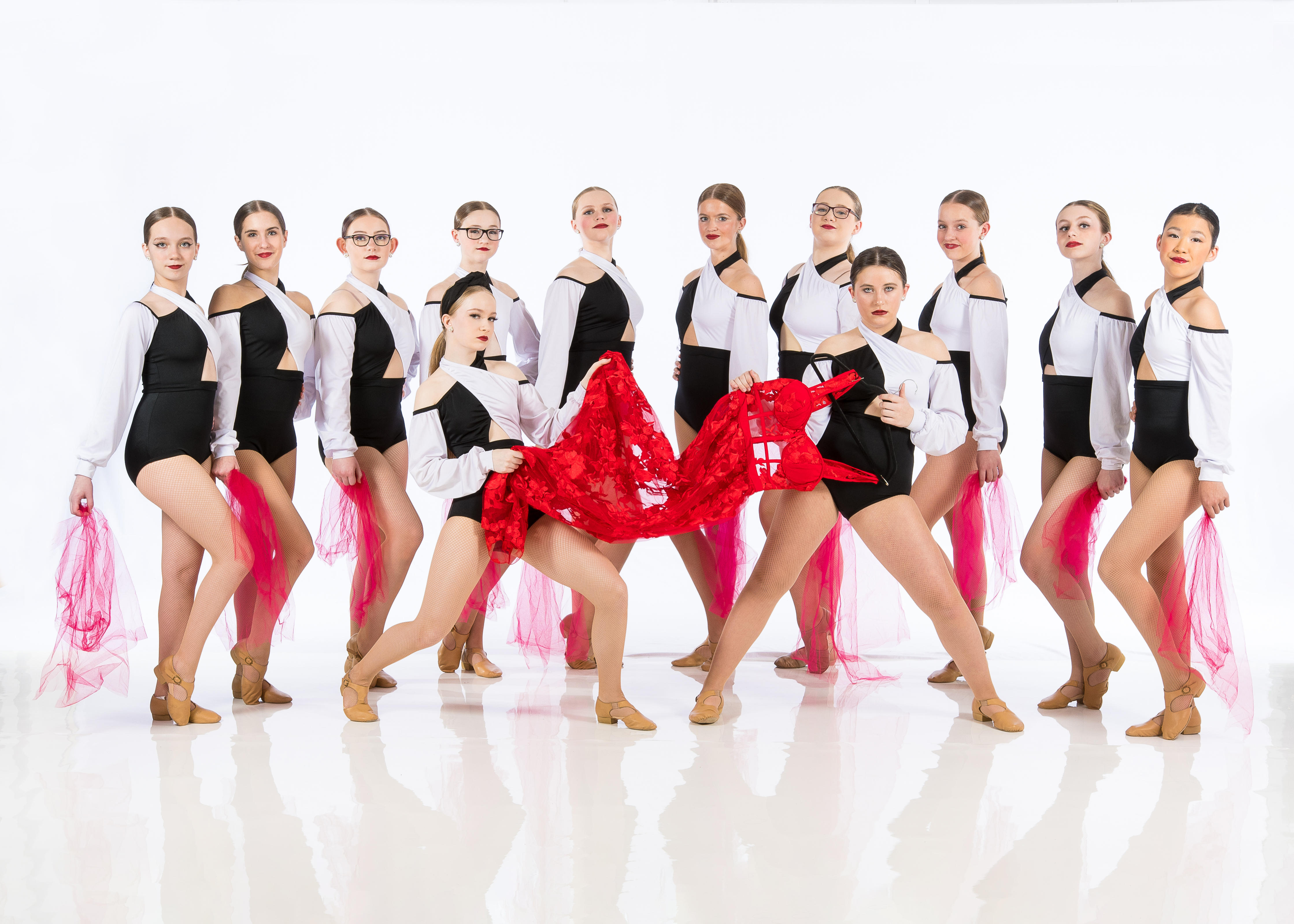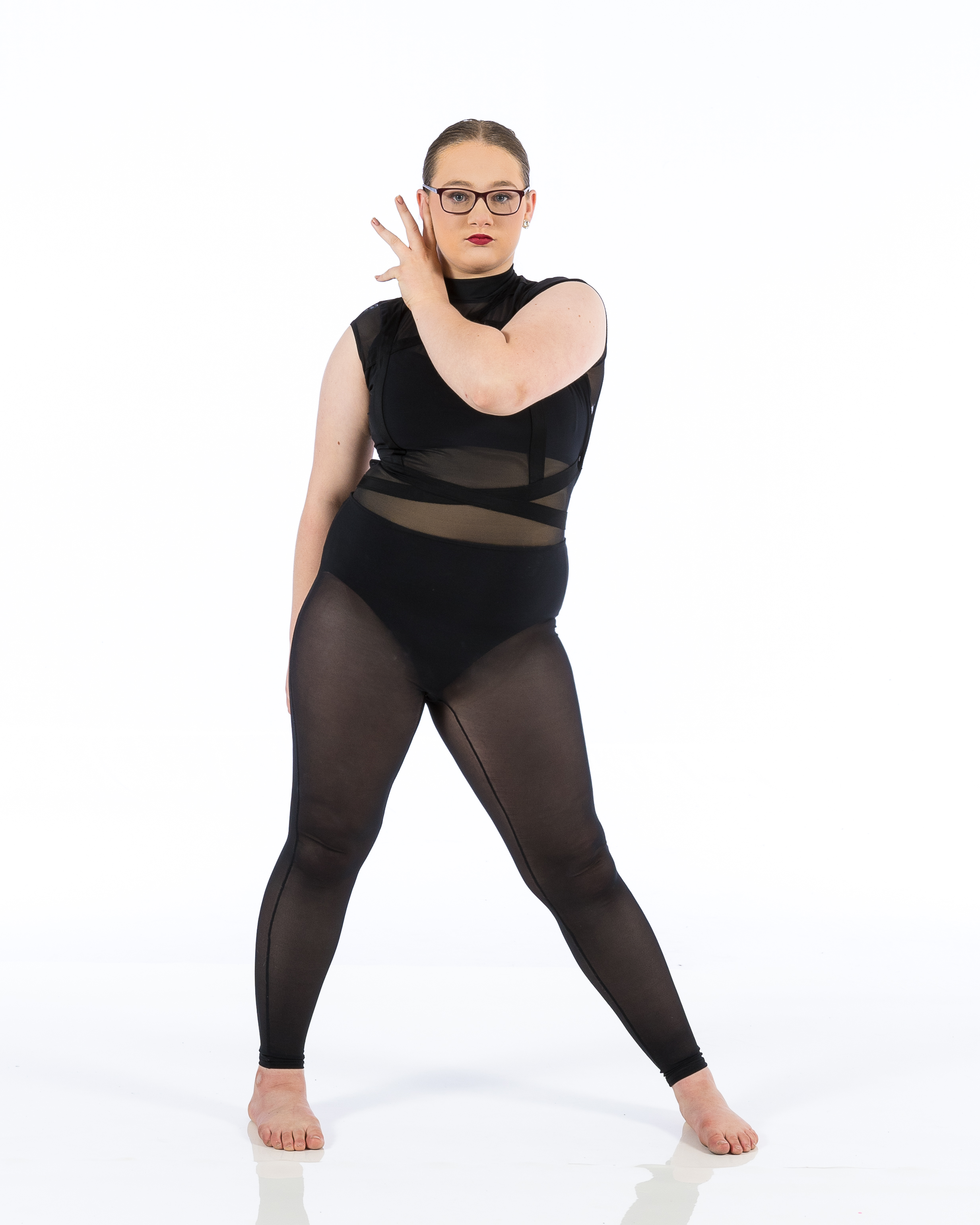Introduction: The Joy of Dance
Dancing is not just a form of expression; it’s a celebration of life, culture, and creativity. When you step into a dance studio, you're entering a world that transcends the ordinary. Whether you're an experienced dancer or someone who has never taken a dance class before, exploring new styles and techniques can open up an array of possibilities. In this article, we’ll dive deep into the vibrant universe of dance studios, examining the benefits, styles available, and how learning from skilled instructors can transform your dancing experience.
Explore New Styles and Techniques at Your Neighborhood Dance Studio
1. The Importance of Choosing the Right Dance Studio
Finding the right dance studio is crucial for your growth as a dancer. The environment, instructors, and community can make all the difference in your learning journey.
1.1 Factors to Consider When Choosing a Dance Studio
- Location: Is it easily accessible? Reputation: What do current or past students say? Instructors: What are their qualifications? Class Variety: Do they offer different styles?
Choosing wisely ensures that you have the best experience possible.
2. Exploring Various Dance Styles
Dance is a diverse art form with multiple styles to explore. Let’s break down some popular genres.
2.1 Ballet: The Foundation of All Dance Forms
Ballet is often considered the backbone of many dance styles due to its emphasis on technique and grace. It teaches discipline, posture, and control.
2.2 Hip-Hop: A Culture-Based Dance Style
Hip-hop originated from street culture and focuses on self-expression through energetic movements like breaking, locking, and popping.
2.3 Jazz: A Fusion of Styles
Jazz incorporates elements from various styles, including ballet and African American vernacular dances. It’s known for its upbeat tempo and improvisational nature.
2.4 Contemporary: Emotion Meets Technique
Contemporary dance combines classical ballet techniques with modern influences that allow for emotional expression through movement.
2.5 Latin Dances: Passionate Rhythms
Styles like salsa and tango offer not only intricate footwork but also an opportunity to connect intimately with your partner.
3. Enriching Your Skill Set Through Diverse Classes
3.1 Specialized Workshops
Many dance studios host workshops that allow you to learn new techniques from guest instructors.
3.2 Regular Classes versus Intensive Programs
Regular classes provide ongoing training while intensive programs offer concentrated learning experiences over shorter periods.
4. Understanding Different Teaching Methods in Dance Classes
Each instructor may have unique teaching methods that cater to different learning styles.
4.1 Video Demonstrations for Visual Learners
Visual learners often benefit from watching demonstrations before trying out movements themselves.
4.2 Hands-On Corrections for Kinesthetic Learners
Some instructors use hands-on guidance to help students feel how movements should be performed correctly.
4.3 Verbal Instructions for Auditory Learners
Clear verbal instructions can greatly aid those who learn better through listening rather than seeing or doing.
5. Finding Your Community in the Dance World
One of the most rewarding aspects of joining a dance studio is becoming part of a community that shares your passion.

5.1 Making Connections with Fellow Dancers
Dance classes offer opportunities to build friendships that extend beyond the studio walls.
5.2 Participating in Group Performances
Group performances foster teamwork while giving everyone a chance to showcase what they’ve learned together.
6. The Benefits of Learning New Techniques at Your Neighborhood Dance Studio
Exploring new styles broadens your skill set while enhancing creativity and physical abilities.
6.1 Physical Health Benefits
Dancing improves cardiovascular health, flexibility, strength, and coordination—benefits that extend into everyday life!
6.2 Mental Health Perks
Engaging in dance helps relieve stress and anxiety while boosting self-esteem as you master new moves.
FAQs About Dance Studios
1. What types of classes are generally offered at a neighborhood dance studio?
Most studios offer a variety of classes ranging from ballet, jazz, hip-hop to contemporary dances among others!
2. Are there age restrictions for enrolling in dance classes?
Many studios welcome all ages! There are usually specialized classes catering specifically to children or adults alike.
3. Do I need previous experience before joining a class?
Not at all! Many studios offer beginner-level classes designed for newcomers without any prior experience needed!
4. How long does it typically take to learn a new style?
This varies widely based on your dedication; however, many dancers start feeling comfortable within weeks or months after consistent practice!
5. What should I wear during my first class?
Comfortable clothing paired with proper footwear suited for your chosen style usually works best—ask your instructor if unsure!
6. Can I switch between different styles during my time at the same studio?
Absolutely! Many dancers enjoy exploring multiple genres throughout their journey which enhances versatility!
Conclusion: Start Your Journey Today!
The joy of dancing lies in its ability to bring people together while providing an outlet for self-expression and creativity! By choosing to explore new styles and techniques at your neighborhood dance studio, you're investing not just in skills but also in lifelong friendships and unforgettable experiences! So why wait? Step into that studio today—your dancing adventure awaits!
This comprehensive guide shows how engaging with local dance studios enriches both newbies and seasoned dancers alike through exploration! Embrace every moment as you discover more about yourself through rhythmic movement—there's always more room for growth when it comes down to dancing!
